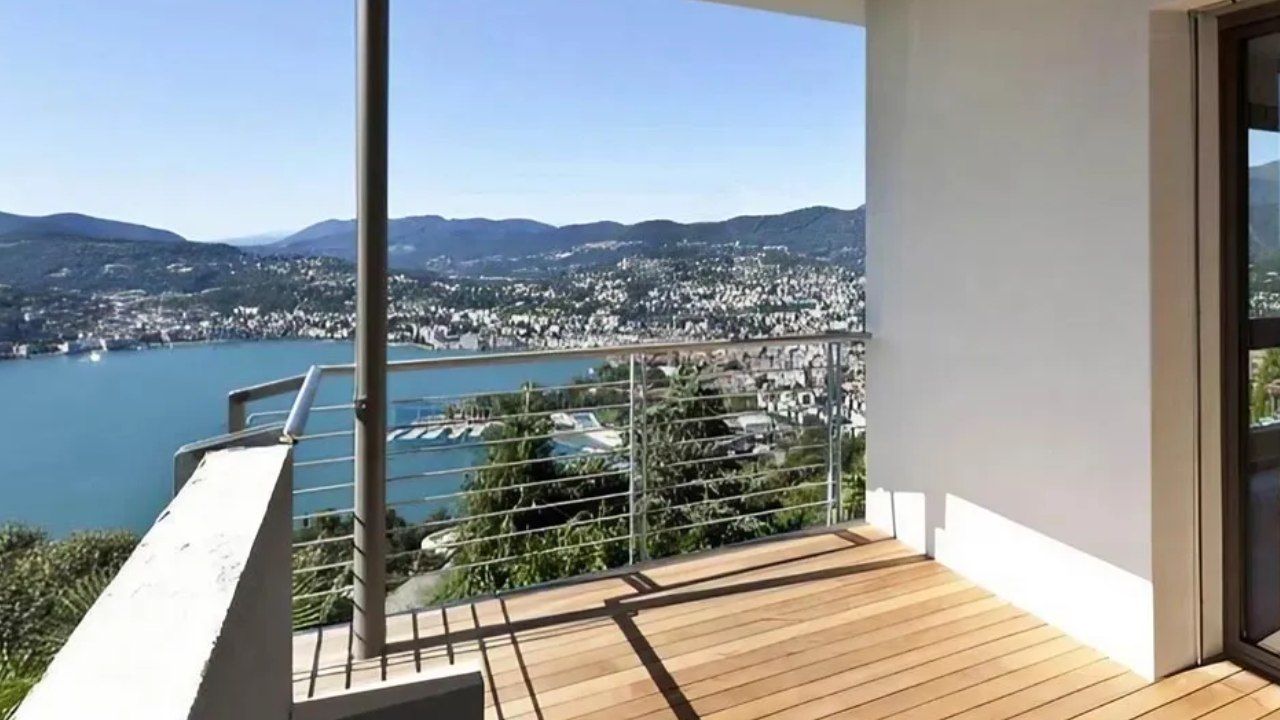Modern architecture has made perforated metal panels a popular option for external facades because of their adaptability, usefulness, and visual appeal. These boards offer a run of benefits that make them a perfect choice for upgrading buildings outside. Their customizable aperture designs permit designers to make special plans that stand out, including an advanced and smart touch to buildings. Made from tough materials such as aluminum and stainless steel, these panels withstand harsh climate conditions, ensuring life span and minimal maintenance.
Also, perforated metal facade panels contribute to vitality efficiency by controlling light and airflow, reducing the requirement for artificial lighting and ventilation. Their ability to diffuse sunlight and advance common ventilation upgrades indoor comfort while bringing down vitality utilization. In general, punctured metal boards combine magnificence and common sense, making them a favored choice for modern building plans.
Why Perforated Metal Panels Are Ideal for External Facades
Perforated metal panels have become a popular choice for outside facades in modern engineering due to their flexibility, functionality, and stylish offer. These panels offer a run of benefits that make them an ideal choice for improving building outsides. This article investigates the different qualities that make punctured metal boards reasonable for external facades.
Aesthetic Offer and Design Flexibility
Perforated metal panels give architects and designers immense inventive opportunities. The panels come in different designs, sizes, and shapes, allowing for customized plans that can enhance the visual request of any building. The capacity to tailor the perforation designs empowers architects to make one-of-a-kind exteriors that stand out and make a solid building explanation. Furthermore, these boards can be made from distinctive materials such as aluminum, steel, stainless steel, and copper, each advertising distinct aesthetic qualities.
Durability and Lifespan
One of the essential reasons for the popularity of perforated metal panels in outside exteriors is their durability. Metals such as aluminum and stainless steel are intrinsically solid and safe from different natural variables, including extraordinary climate conditions, erosion, and UV radiation. This toughness guarantees that the panels maintain their auxiliary integrity and appearance over time, reducing the requirement for visit maintenance and replacements.
Vitality Proficiency and Environmental Benefits
Perforated metal panels contribute to vitality proficiency in buildings by acting as a passive solar control system. The apertures within the panels can be designed to filter and diffuse sunlight, reducing the sum of direct sun-oriented warmth entering the building. This helps to preserve a comfortable indoor temperature, reducing the dependence on discussing conditioning systems and bringing down vitality utilization. Furthermore, the panels can be utilized to create ventilated exteriors, advancing common wind streams and making strides in warm performance. The utilization of recyclable materials within the generation of punctured metal boards also adjusts with economical building practices, making them a naturally neighborly choice.
Light and Wind Current Direction
The perforations in metal panels permit controlled light transmission and characteristic ventilation. This is especially beneficial for outside facades because it empowers the creation of energetic lighting impacts and upgrades the by and large vibe of the building. By directing the sum of daylight and airflow, perforated metal boards can improve indoor discussion quality and give a comfortable living or working environment
Basic Quality and Stability
Despite their lightweight nature, perforated metal panels offer amazing auxiliary quality and stability. The utilization of high-quality metals guarantees that the boards can withstand outside strengths such as wind loads and affect. This makes them reasonable for utilize in high-rise buildings and other structures exposed to harsh natural conditions. The panels can be designed to meet particular basic prerequisites, guaranteeing security and execution.
Customization and Functional Benefits
The estimate, shape, and arrangement of the perforations can be adjusted to realize wanted levels of light diffusion, ventilation, and protection. This adaptability permits architects to design facades that are not only outwardly engaging but also exceedingly utilitarian. For occurrence, boards with smaller perforations can give greater protection and security, whereas bigger perforations can improve normal ventilation and daylighting.
Integration with Modern Innovations
Perforated metal panels can be easily integrated with modern advances to enhance building execution. For example, they can be combined with Driven lighting systems to create illuminated facades that alter color and design, advertising energetic visual effects. Also, the boards can be utilized in conjunction with photovoltaic cells to create solar vitality and encourage enhancing the building’s supportability.
Conclusion
Perforated metal panels are a perfect choice for external facades due to their aesthetic flexibility, strength, vitality efficiency, and utilitarian benefits. Their capacity to be customized to meet particular design and execution requirements makes them a valuable addition to modern design.
